Sometimes, decorating feels harder than it should be. You finally find the curtains you love, but then comes the tricky part: figuring out how many curtain panels you need for your windows. It sounds simple, but when you consider privacy, style, and the amount of sunlight you want in the room, it suddenly feels overwhelming. I’ve been there, staring at my cart, wondering if I’ve chosen too few or way too many.
In this post, we’ll clear up all the confusion around how many curtain panels I need by breaking it down step by step. You’ll learn how to measure properly, how window size and style affect the choice, and tips for creating the perfect balance of function and design. By the end, you’ll know exactly what works for your space, no more guessing, just confident decisions.
Factors That Determine How Many Curtain Panels You Need?
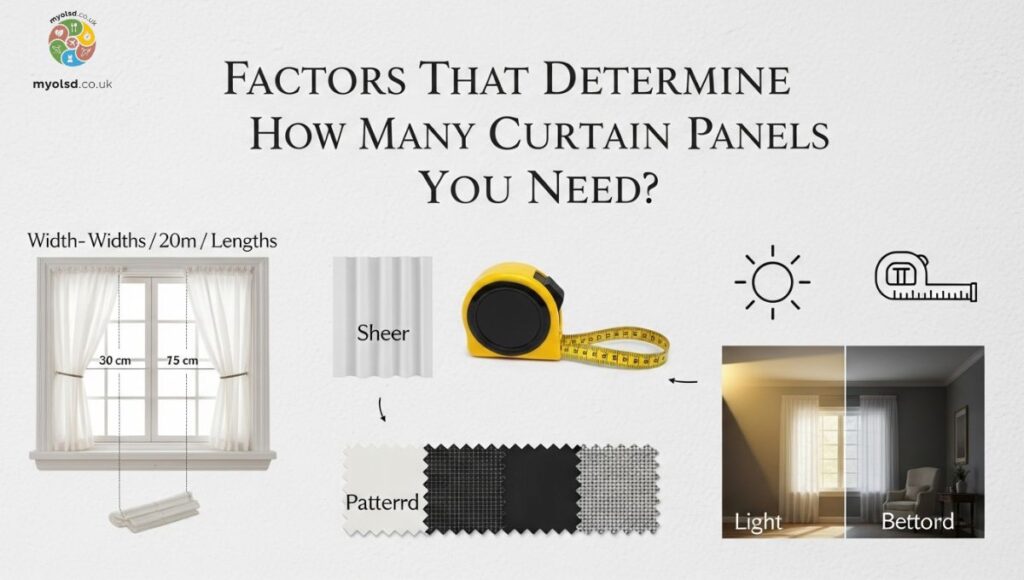
Window Size
The size of your window is the most obvious factor when deciding panel count. Larger windows usually need multiple panels to ensure proper coverage, while small windows can often get by with one. Don’t forget to measure both the width and height of the window frame, including the window sill if you plan for floor-length curtains.
Curtain Panel Width
Standard panels usually range from 48 to 108 inches in width. Knowing your panel width is crucial because it determines how many panels you’ll need to achieve a balanced look. For example, a 9-foot window could require two 54-inch panels if you want a 2x fullness ratio, creating a nicely draped effect.
Rod Length
The rod length also affects panel count. A rod that extends beyond the window frame allows panels to stack back neatly, letting in maximum light when open. Consider telescoping rods or extensions if your window is extra wide.
Read more Article:How Many Hours is Considered Part-Time in California
Header Style (Top of the Curtain)
Header style affects fullness and drape. Grommet panels, rod pockets, and pinch pleats all require different amounts of fabric, which in turn changes the number of panels needed.
Fabric Weight and Type
Heavy fabrics like velvet or thermal drapes need fewer panels for a full look, while lightweight sheer curtains often require multiple panels to prevent them from looking see-through or flimsy.
Room Type and Aesthetic Goals
Your room’s purpose and aesthetic goals matter. Bedrooms may prioritize blackout panels and privacy, while living rooms focus on layering and decorative impact. Consider symmetry, color, and texture when choosing panel count for a cohesive look.
Understanding Curtain Fullness and Why It Matters

What Is Curtain Fullness?
Curtain fullness refers to how gathered or draped your panels appear once hung. Panels with 2 to 3x the window width look lush and luxurious, while 1 to 1.5x creates a minimalist, casual appearance. Fullness affects light diffusion, privacy, and overall room aesthetic.
Standard Fullness Ratios
- 1.5x: Casual style, minimal gathers
- 2x: Standard fullness, balanced appearance
- 2.5–3x: Luxurious, dramatic drapery with deep folds
Matching Fullness to Curtain Function
Fullness also depends on function. Sheer curtains for light diffusion may need more panels, while blackout curtains for bedrooms often achieve fullness with fewer panels. Grasping this balance guarantees your curtains function properly and appear perfect.
How to Measure Your Windows for Curtain Panels
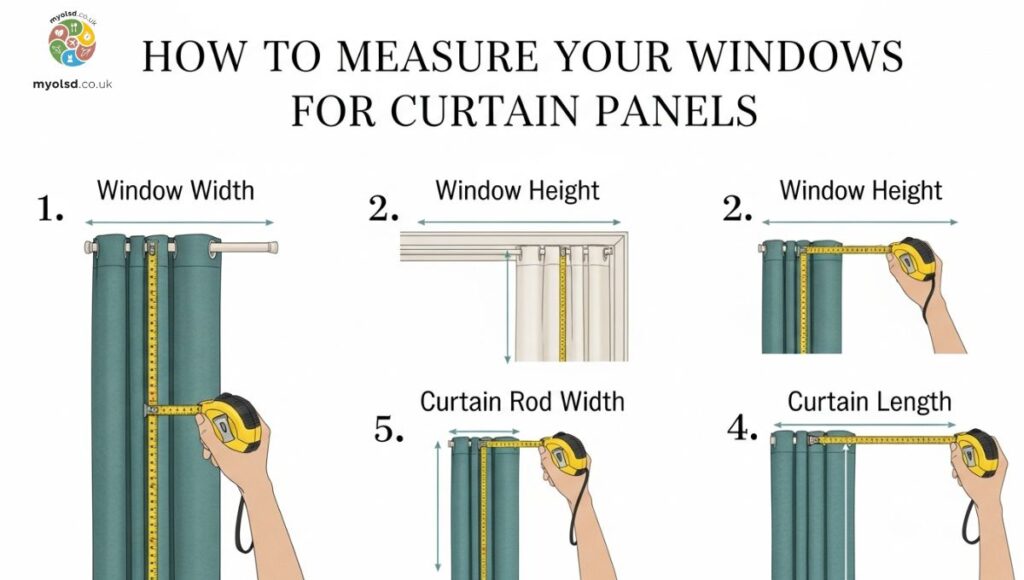
Step 1: Measure the Width
Measure from the outer edges of your window frame. Add extra inches if you want panels to extend beyond the frame for maximum light control and visual balance.
Step 2: Choose Fullness Ratio
Choose whether you prefer a 2x or 2.5x fullness ratio. Multiply your window width by the chosen ratio to determine the total fabric width needed.
Step 3: Know Your Panel Width
Divide the total fabric width by your panel width to calculate the number of panels. Round up to ensure full coverage. For example, a 108-inch window with a 2x fullness ratio (216 inches) and 54-inch panels will need 4 panels.
Curtain Panel Calculator – Quick Reference Guide
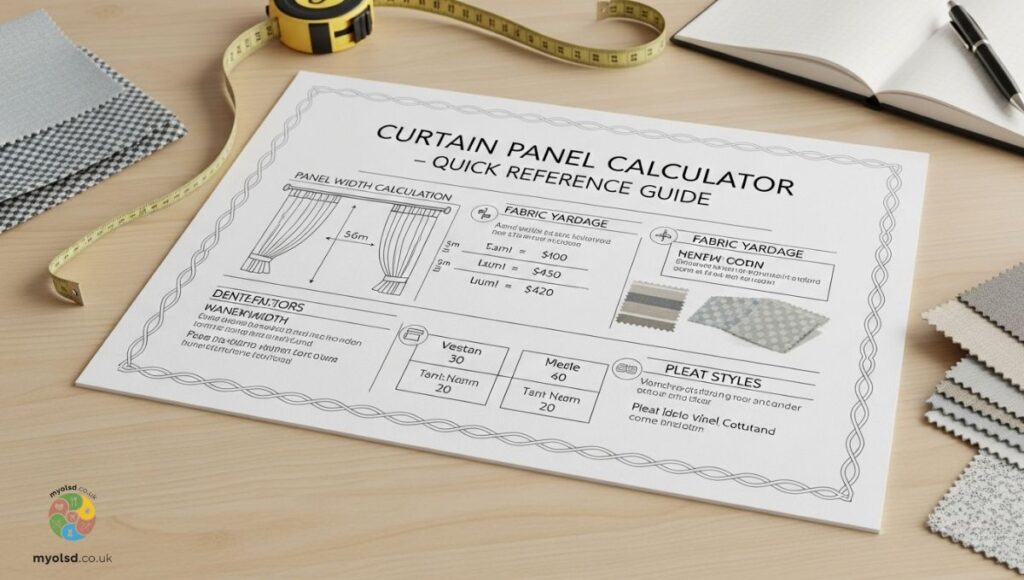
Using a curtain panel calculator simplifies panel selection. Enter your window width, desired fullness, and panel width, and it will tell you how many panels you need. This is especially helpful for irregular window sizes or when mixing panel types.
Common Window Sizes and Panel Needs
- For a 36-inch window: use 2 panels of 48 inches for 2x fullness.
- For a 72-inch window: use 3 panels of 54 inches for 2x fullness.
- 108-inch window: 4 panels of 54 inches for 2x fullness
Fabric Types and Their Impact on Panel Quantity
Sheers
Sheer curtains are lightweight, so multiple panels are often needed to achieve a full appearance.
Blackout or Thermal Drapes
Heavy fabrics like blackout or thermal drapes provide full coverage with fewer panels.
Linen and Cotton
Natural fabrics vary in thickness; cotton panels may require extra fabric for fullness, while heavier linens can achieve desired fullness with standard counts.
Popular Curtain Styles and Their Impact on Panel Counts
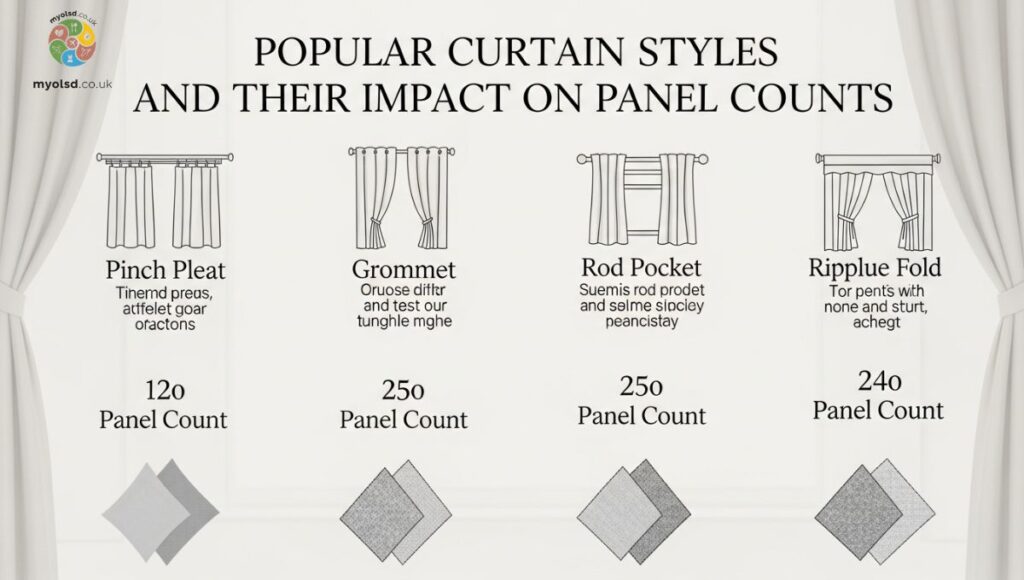
Grommet Panels
Grommets create wide folds that need fewer panels for a full look.
Pinch Pleat Panels
Pinch pleats are fuller and require precise measurements to maintain symmetry.
Rod Pocket and Back Tab Panels
Rod pocket panels slide easily, but may need extra fabric for gathers.
Double vs. Single Panels
Single panels are commonly used for small windows, while double panels offer balance, privacy, and better light control.
How Many Curtain Panels Per Window Type?
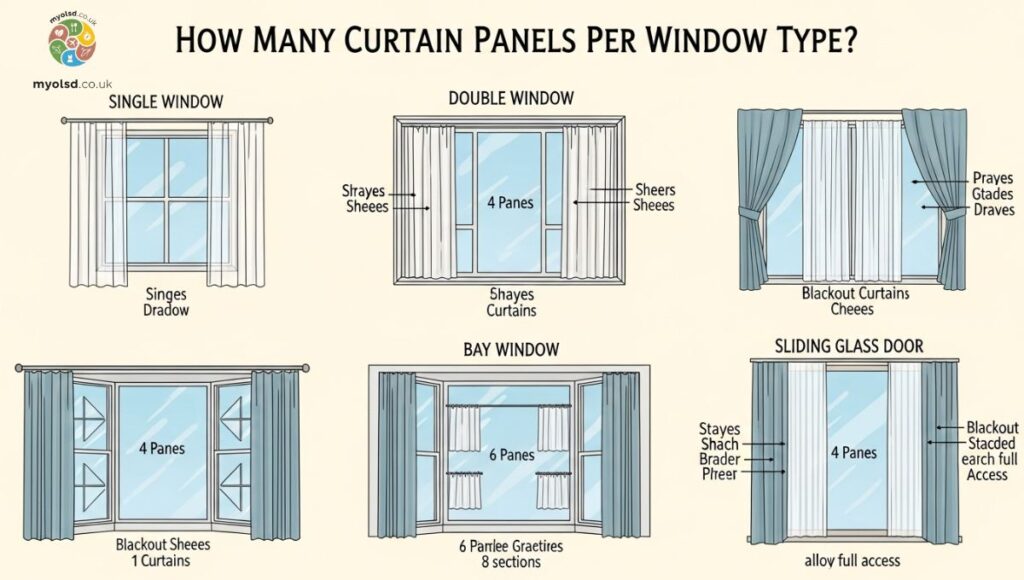
Bay Windows
Bay windows often need 3 to 5 panels for coverage, depending on angle and width.
Sliding Glass or Patio Doors
Full-length panels work best, usually 2 to 4 panels per door, with enough stack-back space.
Floor-to-Ceiling or Corner Windows
Tall windows require longer panels, often multiple per section, to maintain fullness and aesthetics.
Balanced Window Dressing for Stylish Interiors
Create Symmetry
Ensure equal panel distribution for a harmonious look.
Layer for Style and Function
Combine sheer and blackout panels to control light and maintain privacy.
Consider Color and Texture
Mix fabrics and textures to match room décor and highlight focal points.
Maximize Perceived Space
Strategically place panels and choose rod placement to make rooms appear larger and balanced.
Avoid These Common Curtain Panel Mistakes
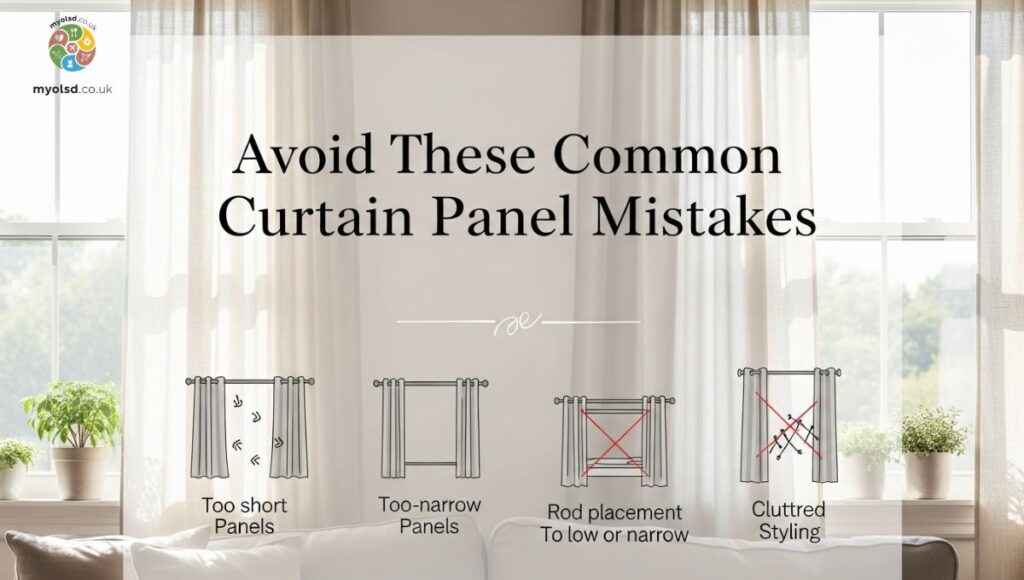
- Buying panels that are too narrow or short
- Ignoring fullness ratios and fabric weight
- Skipping accurate measurements
- Overlooking the stacking space on the rod
- Mixing incompatible fabrics or patterns
Conclusion
Knowing how many curtain panels do I need ensures your windows look polished and your rooms feel cozy and stylish. Accurate measurements, fullness calculations, and understanding fabric type make choosing panels easy. With this guide, you’ll achieve beautiful, functional curtains every time no guesswork needed.
FAQS
How many curtain panels for a 72-inch window?
Usually 2 to 3 panels, depending on desired fullness.
Do you need two curtain panels per window?
Not always, but two panels often provide better balance and coverage.
Does 1 panel mean 1 curtain?
Yes, a single panel consists of one piece of curtain fabric.
How many curtain panels for a 32-inch window?
Typically, 1 panel is sufficient for a small window.

